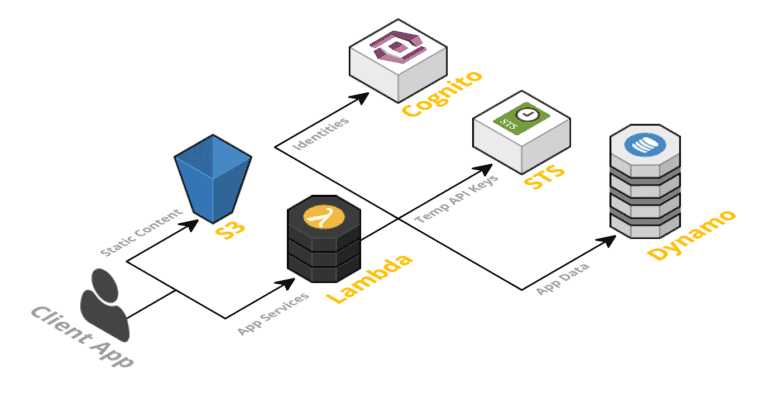Serverless has expanded its free framework with monitoring and security options. In this way, the company wants to make it an end-to-end tool, which will remain free even after the expansion.
Austen Collins, the company’s founder and CEO, told TechCrunch that his team wanted to create a perfectly integrated solution for developers and development teams. The reason is that we want to enable them to innovate as much as possible and to be as autonomous as possible.
In addition, he sees the need for operations to connect with other tools. The framework can also connect to other systems.
The new tooling comes with an integrated environment. After deployment, users can click on an error or security message and go to a dashboard to get more information about the problem. By clicking it is also possible to see exactly where the error occurs, to make solving it easier.
Serverless computing
Serverless computing uses only the computing resources needed to perform a function. After the process is completed, the resources disappear again. As a result, it can be more cost-efficient than renting or buying a server that is always on, regardless of whether it is being used or not.
This also means that developers have to think differently about how they write code. Until Serverless launched its framework, programmers had to create their own tools to develop, deploy and test their programs.
In 2015, the Serverless framework appeared, which offered this tooling free of charge. Initially, the framework only included development, deployment and testing.
More and more popular
Research by The New Stack in December last year also shows that serverless computing is becoming increasingly popular. For 50 percent of the respondents, this is already the most normal thing in the world.
In December, 28 percent of those surveyed said that they would implement the technology in the next 18 months. 32 percent also said that a quarter of all their large business workloads are already running on a serverless architecture.
This news article was automatically translated from Dutch to give Techzine.eu a head start. All news articles after September 1, 2019 are written in native English and NOT translated. All our background stories are written in native English as well. For more information read our launch article.